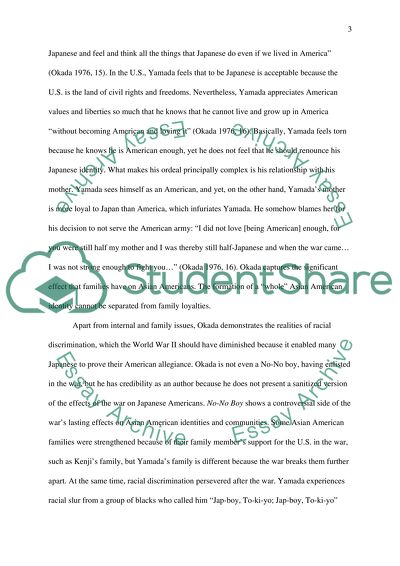Book review 2 Report/ Example | Topics and Well Written Essays - 750 words. Retrieved from https://studentshare.org/history/1487335-book-review
Book Review 2 Report/ Example | Topics and Well Written Essays - 750 Words. https://studentshare.org/history/1487335-book-review.


